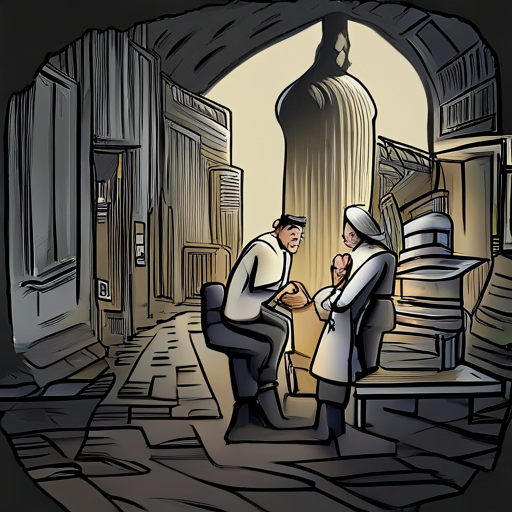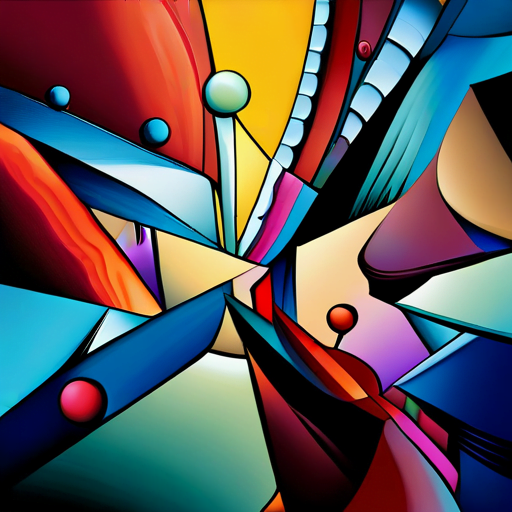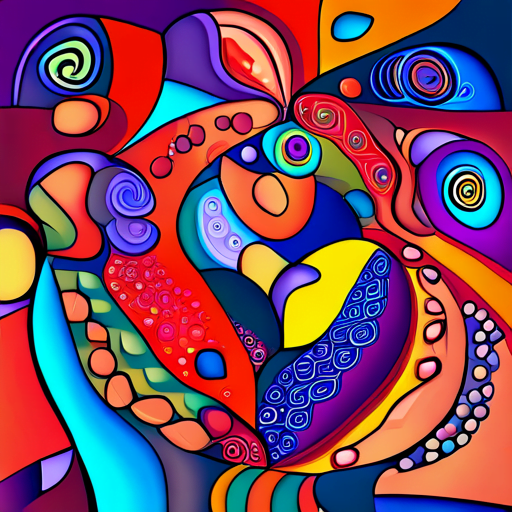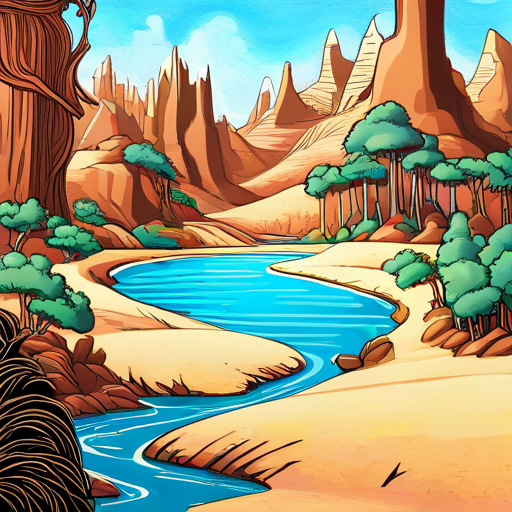As a reader of contemporary fiction, you may have noticed certain recurring themes in the stories you encounter. These themes often reflect the concerns and preoccupations of our society, and they can provide insight into the issues that authors and readers alike are grappling with.
By examining these themes more closely, we can gain a deeper understanding of the stories we read and the world we live in.
In this article, we will explore four major themes in contemporary fiction: identity and belonging, social and political issues, love and relationships, and nature and the environment. Through a close reading of various works of fiction, we will deconstruct these themes and analyze the ways in which they are portrayed.
By the end of this article, you will have a greater appreciation for the rich complexity of contemporary fiction and a deeper understanding of the forces that shape our lives.
Table of Contents
Identity and Belonging

You want to understand why you feel like you don’t quite fit in, and how the characters in contemporary fiction navigate their own journeys of identity and belonging.
In today’s world, many people struggle with their sense of identity and where they belong. Contemporary fiction explores these themes through characters who are grappling with their own identity and trying to find a place where they feel they truly belong.
The characters in these stories often face obstacles that challenge their sense of self and make them question who they are. They may feel like they don’t quite fit in with society or with the people around them. However, through their struggles, these characters are able to discover who they truly are and find a place where they belong.
Contemporary fiction shows us that the journey of identity and belonging is not always easy, but it’s an important one that we must all undertake.
Social and Political Issues

So, you wanna dive into the gritty world of social and political issues? Well, get ready to explore some of the most pressing topics of our time. These include racism and discrimination, gender and sexuality, and class and economic inequality.
From examining the roots of systemic oppression to exploring the ways in which marginalized groups fight for their rights, this subtopic is sure to leave you with a deeper understanding of the complexities of our society.
So, buckle up and prepare to have your worldview challenged as we tackle these important issues head-on.
Racism and Discrimination
As you explore the topic of racism and discrimination in literature, you’ll find that many authors use their work to shed light on the injustices that exist in society. They do this by creating characters who experience discrimination in various forms, such as being denied opportunities, facing prejudice, or being subjected to violence.
These characters are often used to illustrate the impact that racism and discrimination can have on individuals and communities. Through their writing, authors also seek to challenge the stereotypes and prejudices that perpetuate racism and discrimination.
They may do this by offering new perspectives on issues, questioning traditional beliefs, or highlighting the complexities of human experience. By doing so, they invite readers to question their own assumptions and to think critically about the world around them.
Ultimately, the goal is to inspire individuals to take action against discrimination and to work towards creating a more just and equitable society for all.
Gender and Sexuality
If you’re looking to expand your understanding of how gender and sexuality are portrayed in literature, you’ll find a wealth of insightful and thought-provoking works that challenge traditional notions and offer new perspectives on these complex and often controversial topics.
Contemporary fiction has opened up new opportunities for exploring the diversity of human experience, as authors increasingly tackle issues related to gender and sexuality in their writing. From exploring the complexities of gender identity and sexual orientation to illuminating the impact of societal norms and expectations on individuals, contemporary fiction provides a unique platform for authors to explore the nuances and complexities of gender and sexuality.
One of the most significant themes in contemporary fiction is the exploration of gender identity, which has become increasingly important in recent years. Through their writing, authors are challenging traditional binary notions of gender, exploring issues related to non-binary and transgender identities, and highlighting the importance of acceptance and understanding.
Similarly, authors are also exploring the complexities of sexual orientation, illuminating the experiences of those who identify as lesbian, gay, bisexual, and queer. Through their writing, authors are providing a voice for those who have been marginalized and underserved, helping readers to better understand the lived experiences of individuals who are often stigmatized and misunderstood.
Class and Economic Inequality
You can gain a deeper understanding of the impact of economic inequality on society through exploring literature that delves into class struggles and the experiences of those who are marginalized due to their social and economic status.
Contemporary fiction often portrays the harsh realities of poverty and the struggles that people face to make ends meet. These stories shed light on the unequal distribution of resources and opportunities, and the devastating effects that this has on those who are left behind. They also show the ways in which the rich and powerful use their wealth and influence to maintain their position, often at the expense of the less fortunate.
One of the most powerful aspects of literature that explores class and economic inequality is the way in which it humanizes those who are often dismissed or ignored by society. Through these stories, we see the complex and nuanced experiences of people who are struggling to survive, and we come to understand the ways in which their lives are shaped by forces beyond their control.
This understanding can be transformative, allowing us to see the world in a new way and inspiring us to work towards a more just and equitable society.
Love and Relationships

So you want to talk about love and relationships? Well, get ready to explore the complexities of romantic love, family dynamics, and platonic relationships.
From the ups and downs of falling in love to the challenges of maintaining friendships, this subtopic has it all. Whether you’re looking to dissect the intricate details of familial bonds or simply explore the joys and struggles of human connection, this is the perfect place to start.
Romantic Love
Get ready to delve into the complex and captivating world of romantic love in literature. This theme is one of the most popular and prevalent in contemporary fiction, as it explores the universal human experience of falling in love, navigating relationships, and dealing with heartbreak.
Often, romantic love is portrayed as a catalyst for personal growth and self-discovery. Characters learn about themselves and their partners through the ups and downs of their relationships.
However, romantic love can also be a source of conflict and tension in literature. Characters may struggle with societal expectations, cultural differences, or personal insecurities that prevent them from fully embracing their feelings for each other. In some cases, romantic love can even lead to tragedy, as characters make decisions that have devastating consequences.
Despite these challenges, the enduring appeal of romantic love in literature continues to captivate readers and provide insight into the complexities of human relationships.
Family Dynamics
Now that we’ve explored the theme of romantic love in contemporary fiction, let’s shift our focus to another important aspect of human relationships: family dynamics.
Whether it’s the nuclear family, extended family, or chosen family, the relationships we have with our relatives can be just as complex and emotionally charged as those we have with our romantic partners.
In many contemporary novels, family dynamics are explored through themes of loyalty, betrayal, forgiveness, and reconciliation. We see characters grappling with the expectations and obligations placed upon them by their families, as well as the ways in which family members can both support and hinder each other’s personal growth.
From dysfunctional families to close-knit clans, the portrayal of family dynamics in contemporary fiction offers a rich and nuanced exploration of the ties that bind us together.
Friendship and Platonic Relationships
As you delve into the current section on friendship and platonic relationships, you’ll discover a plethora of insights into the complexities and nuances of non-romantic human connections.
In contemporary fiction, these relationships are often portrayed with great depth, exploring the ways in which friendships can evolve, change, and ultimately impact our lives.
One of the most interesting things about the way these relationships are portrayed in contemporary fiction is the emphasis on the ways in which they can be just as complex and fraught as romantic relationships.
Friendships can be just as intense, just as full of passion and conflict, and just as capable of shaping our identities as romantic partnerships.
Whether exploring the bond between childhood friends, the dynamics of a close-knit group, or the complicated relationship between two people who are not quite sure if they are just friends or something more, contemporary fiction offers a rich tapestry of insights into the many different ways people can connect with one another.
Nature and the Environment

Exploring the relationship between humanity and the natural world, this section delves into the impact of our actions on the environment and the consequences we face as a result.
In contemporary fiction, authors have been increasingly using the theme of nature and the environment to highlight the dangers of human intervention and neglect. Through the portrayal of natural disasters, climate change, and the depletion of resources, writers have been able to convey the urgency of the situation and the need for immediate action.
Moreover, the theme of nature and the environment has also been used to explore the connection between humans and the natural world. In many novels, the natural world is depicted as a source of healing and rejuvenation, providing solace to those who seek refuge from the chaos of modern life. This theme highlights the importance of preserving the environment not only for its intrinsic value but also for the well-being of humanity.
Through their works, contemporary writers have been able to inspire readers to reconnect with nature and to take responsibility for the environment, thus creating a better future for generations to come.
Frequently Asked Questions
What is the history of contemporary fiction and how has it evolved over time?
To understand contemporary fiction, it’s important to explore its history and evolution over time. Contemporary fiction refers to works of literature that were written after World War II, and it’s characterized by its focus on the individual and their experiences.
It emerged as a reaction against the traditional, structured narratives of the past and sought to capture the complexities of modern life. Over time, contemporary fiction has evolved to include a diverse range of themes and styles, reflecting the changing attitudes and values of society.
From postmodernism to magical realism, contemporary fiction continues to push boundaries and challenge our understanding of what literature can be.
How do authors choose the themes they explore in their works?
When authors sit down to write their stories, they often have a specific theme in mind that they want to explore. This theme can be something personal to the author, something they see happening in society, or something they simply find interesting.
By choosing a theme, authors can provide a deeper meaning to their work, allowing readers to engage with the story on a more profound level. With the wealth of themes available, from love and loss to social justice and politics, authors have a vast array of options when it comes to crafting their stories.
Ultimately, the theme they choose will shape the direction of their work and the message they hope to convey to their readers.
What impact do current events and societal changes have on contemporary fiction?
Do you ever wonder how current events and societal changes impact contemporary fiction? It’s a question that many readers and writers alike are asking themselves these days.
With so much happening in the world around us, it’s no surprise that authors are turning to these issues for inspiration. From climate change and political upheaval to social justice and identity politics, the themes explored in contemporary fiction are often a reflection of the times we live in.
By delving into these complex issues, authors are able to offer readers a fresh perspective on the world and the challenges we face. Whether you’re looking for escapism or a deeper understanding of the world we live in, contemporary fiction has something to offer everyone.
How do different cultures and perspectives influence the themes explored in contemporary fiction?
Looking for a diverse range of perspectives is crucial when exploring the themes in contemporary fiction. Different cultures and viewpoints bring unique experiences and insights that can enrich the narratives in powerful ways.
By incorporating diverse perspectives, authors can tackle important issues, challenge societal norms, and provide a more accurate reflection of the world we live in. Whether it’s exploring the complexities of identity, shedding light on underrepresented communities, or challenging cultural stereotypes, the themes in contemporary fiction are greatly influenced by the diverse range of cultures and perspectives that shape our society.
How do readers and literary critics interpret and analyze the themes in contemporary fiction differently?
When it comes to interpreting and analyzing the themes in contemporary fiction, readers and literary critics often have different perspectives.
As a reader, you may approach a novel with a personal connection to the themes or characters, allowing you to see the story through a more emotional lens.
On the other hand, a literary critic may approach the same novel with a more objective and analytical mindset, focusing on the author’s use of literary devices and overall themes of the work.
These differing perspectives can lead to varying interpretations and analysis of the same book, highlighting the complexity and richness of contemporary fiction.
Conclusion
So there you have it – a breakdown of some of the major themes in contemporary fiction.
From the search for identity and belonging, to the exploration of social and political issues, to the complexities of love and relationships, to the ever-present concern for the natural world, these themes are all around us in the books we read and the stories we tell.
As you continue to delve into the world of contemporary fiction, keep these themes in mind, and consider how they’re woven into the stories you encounter.
Whether you find yourself drawn to stories of personal growth and self-discovery, or tales of societal upheaval and resistance, there’s no shortage of powerful and thought-provoking narratives waiting to be discovered.
So go forth, and explore the many worlds of contemporary fiction!
